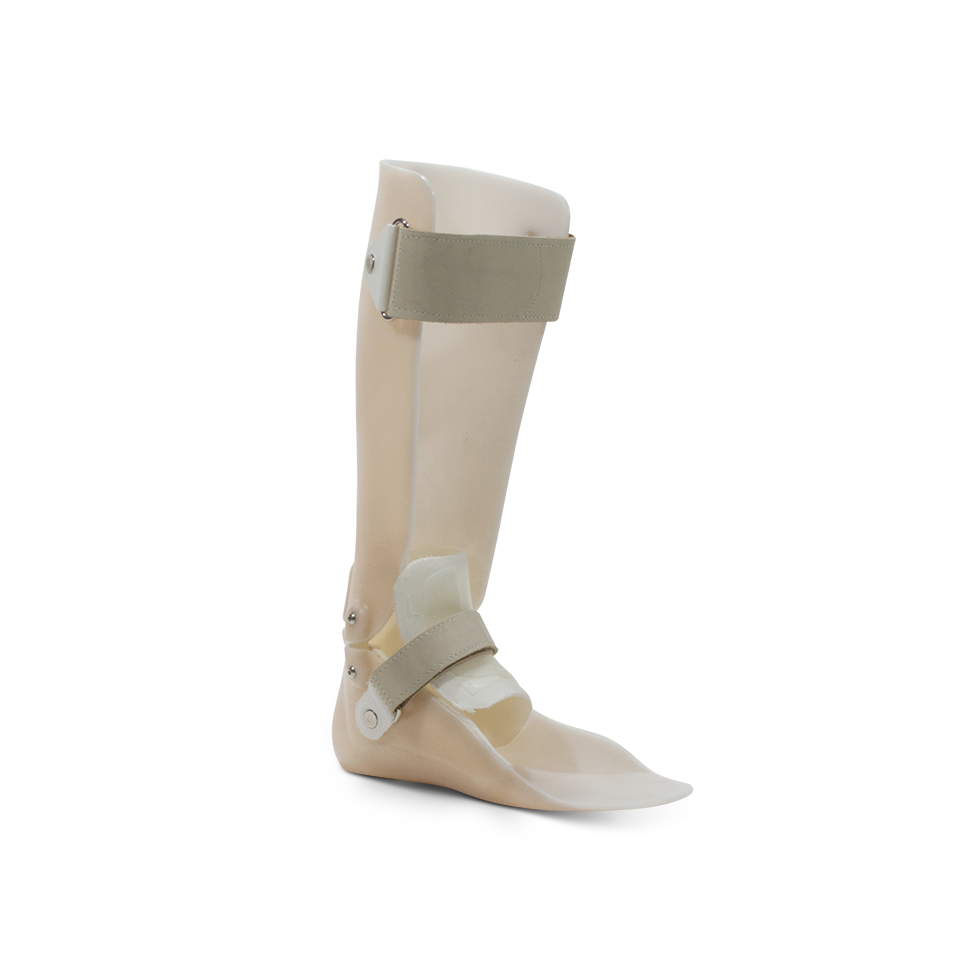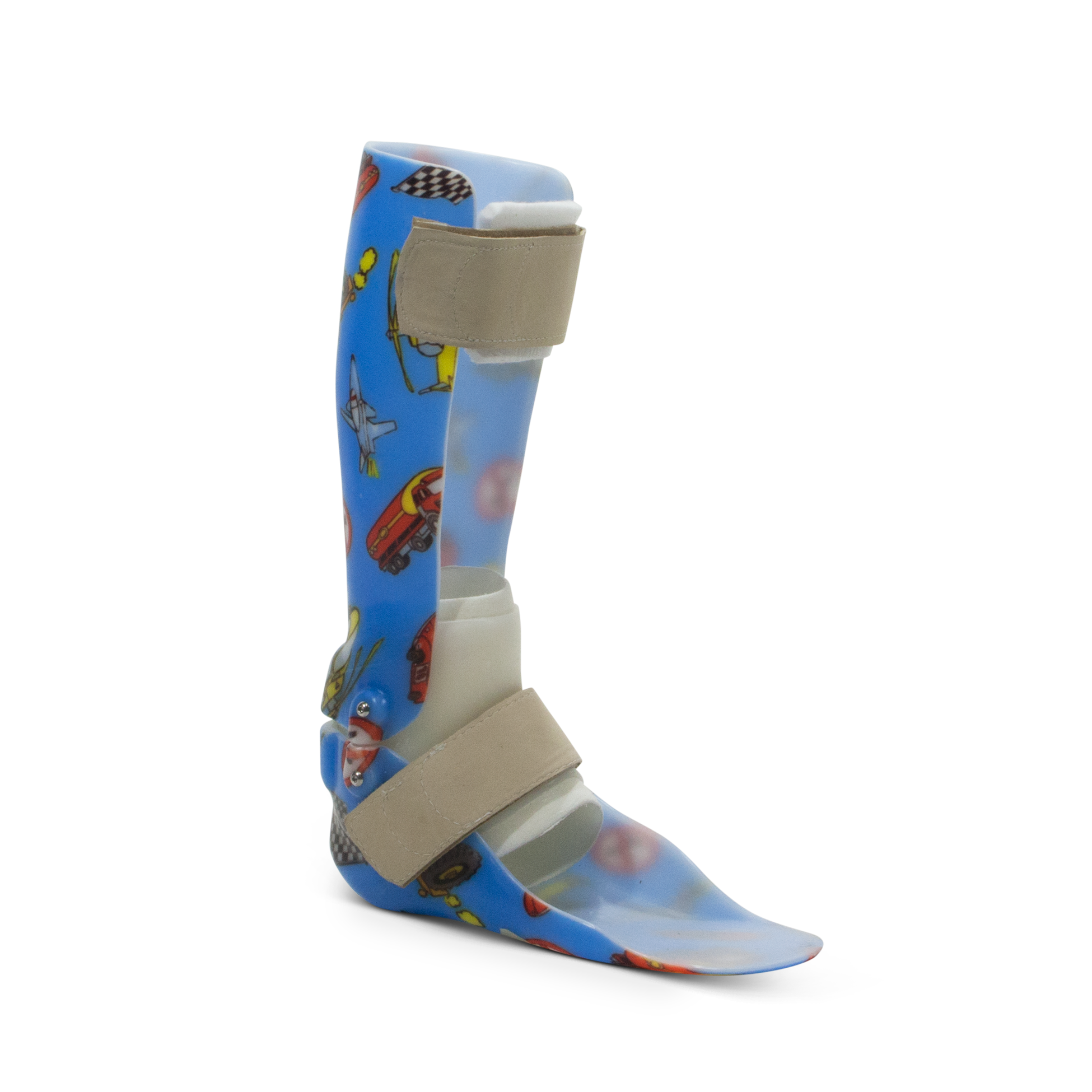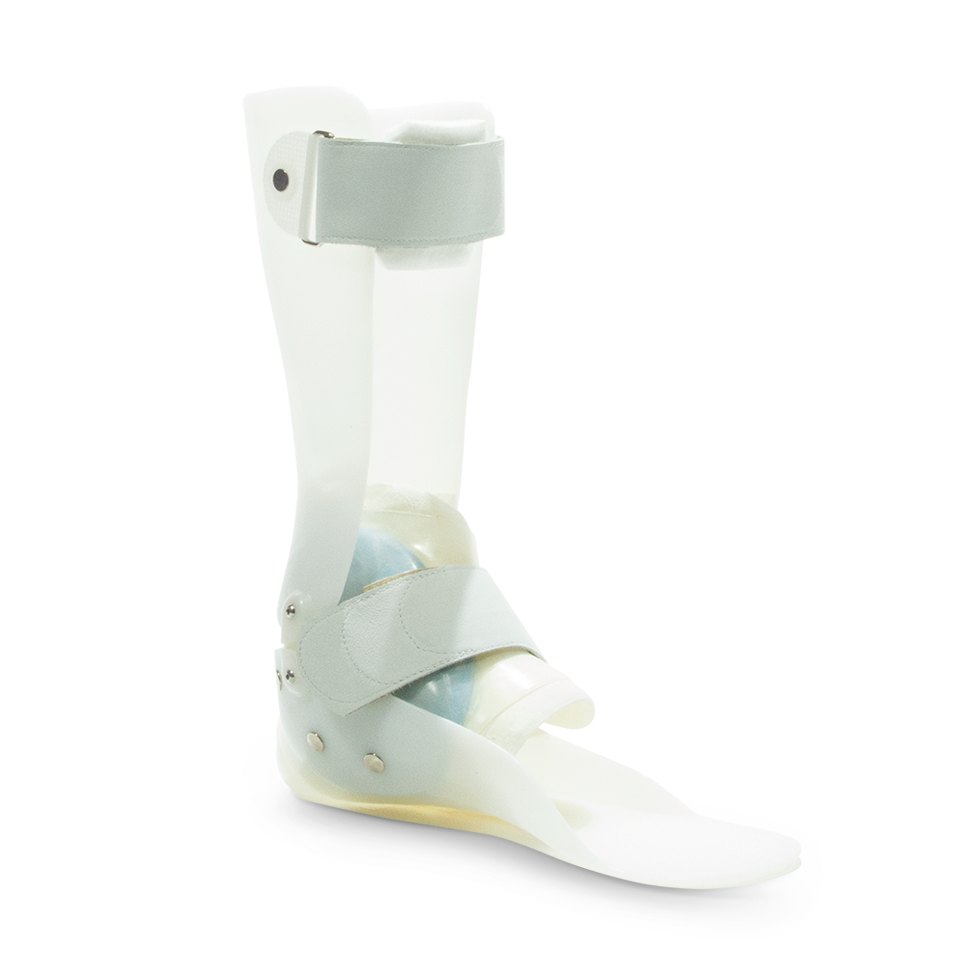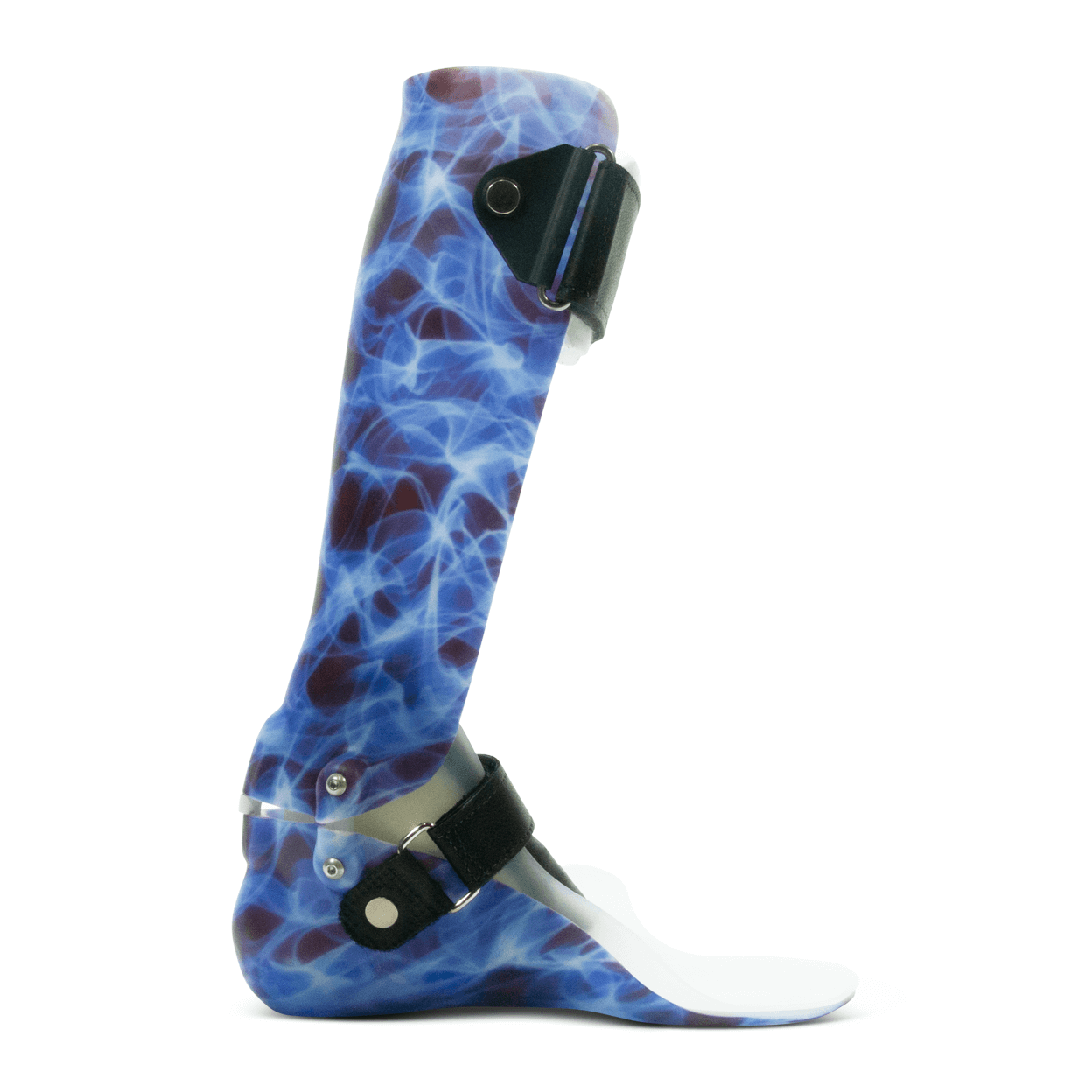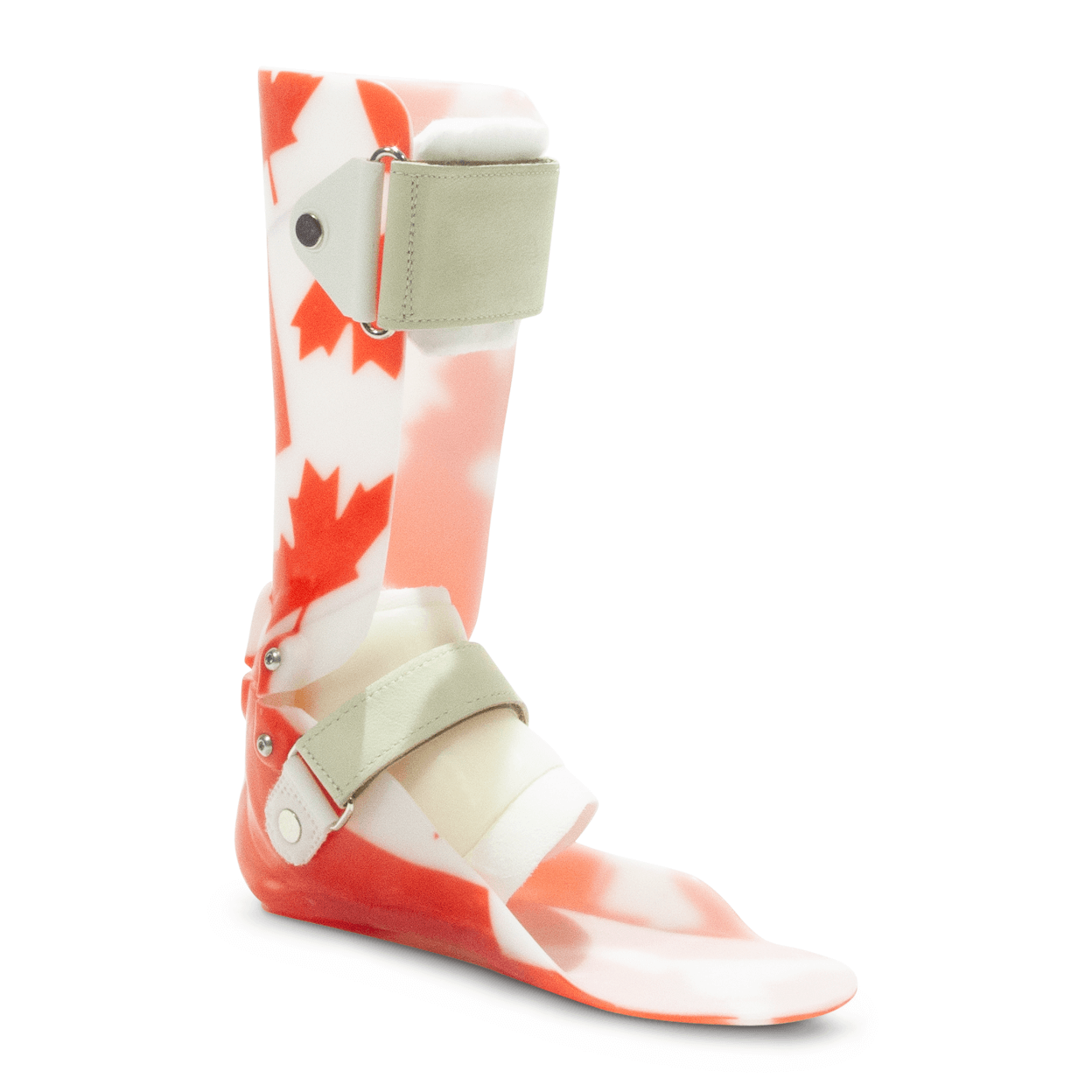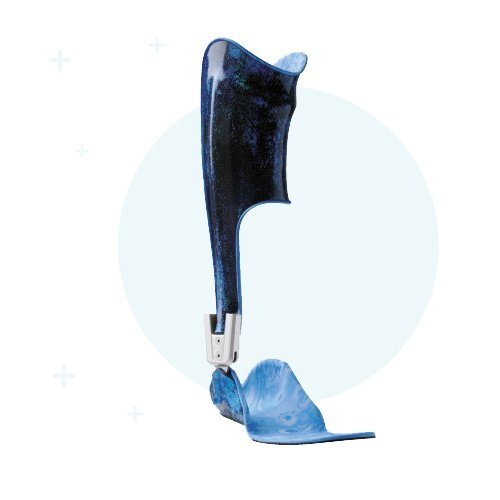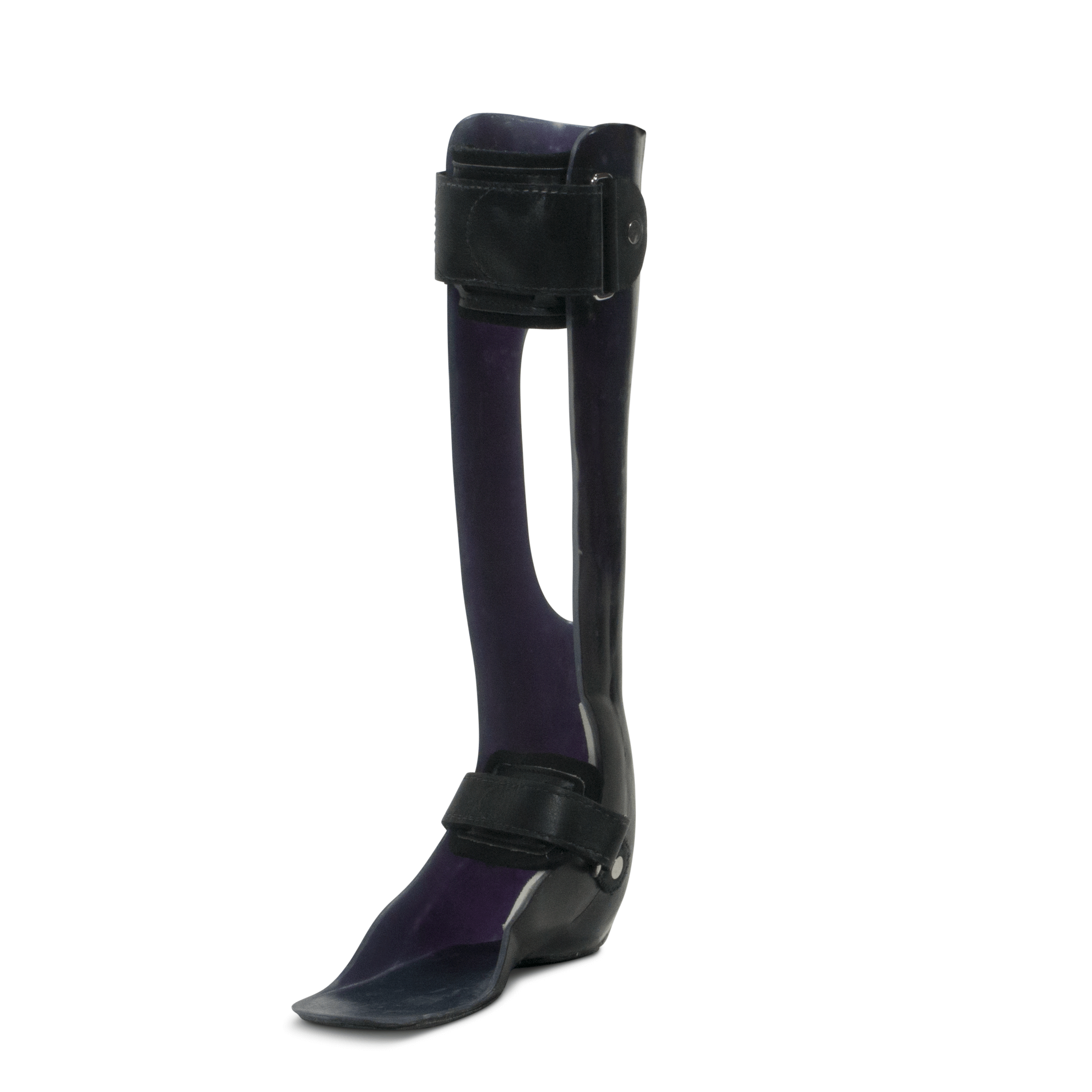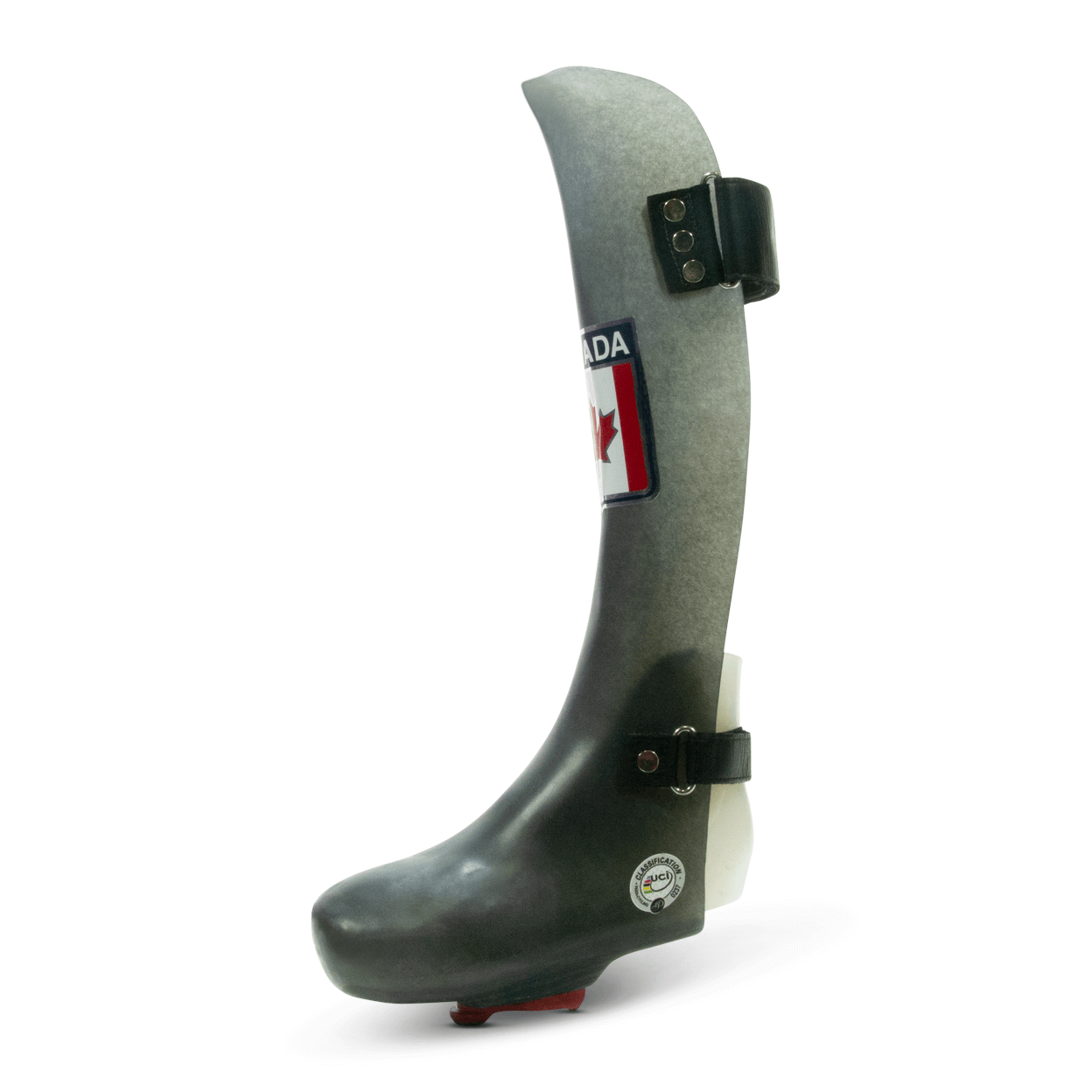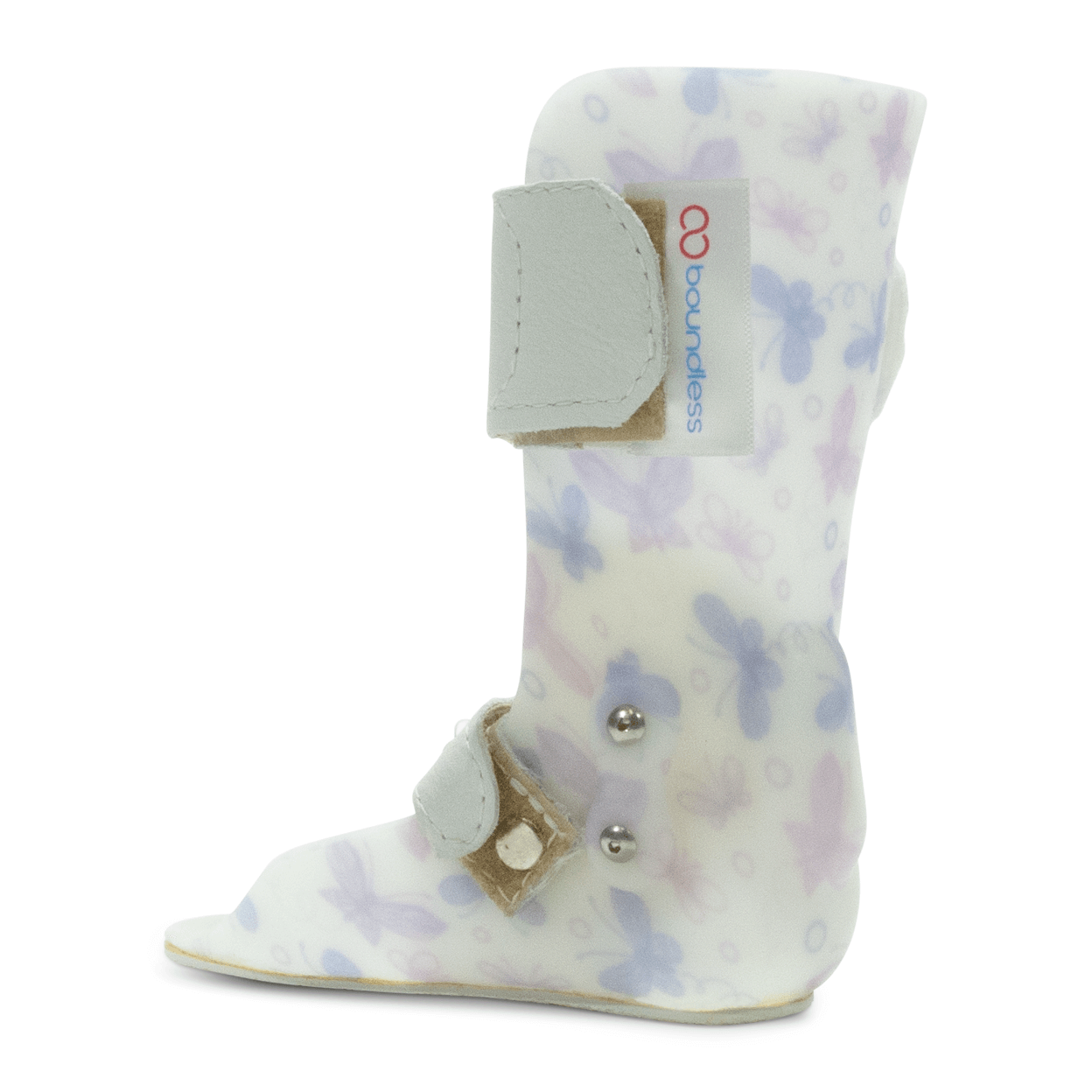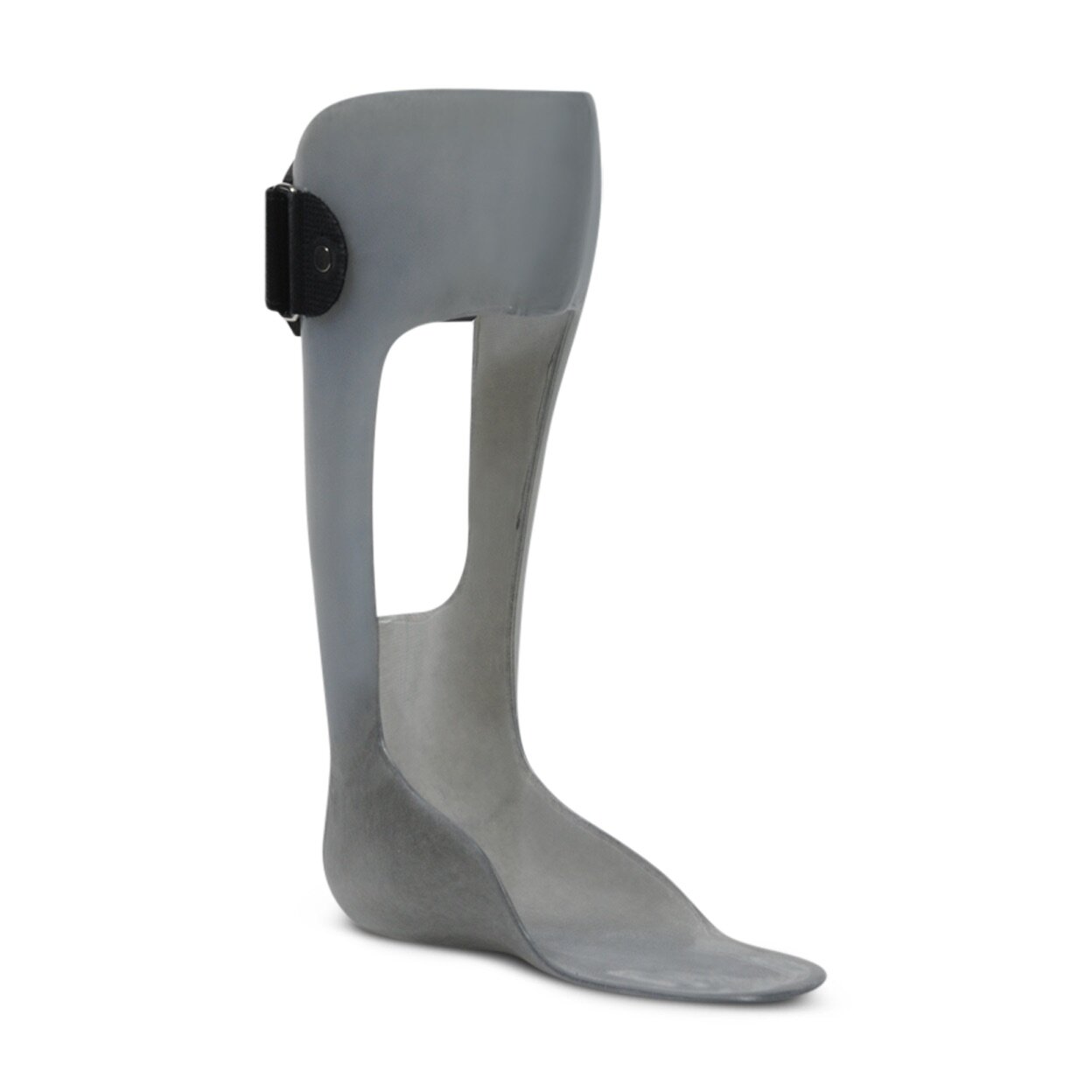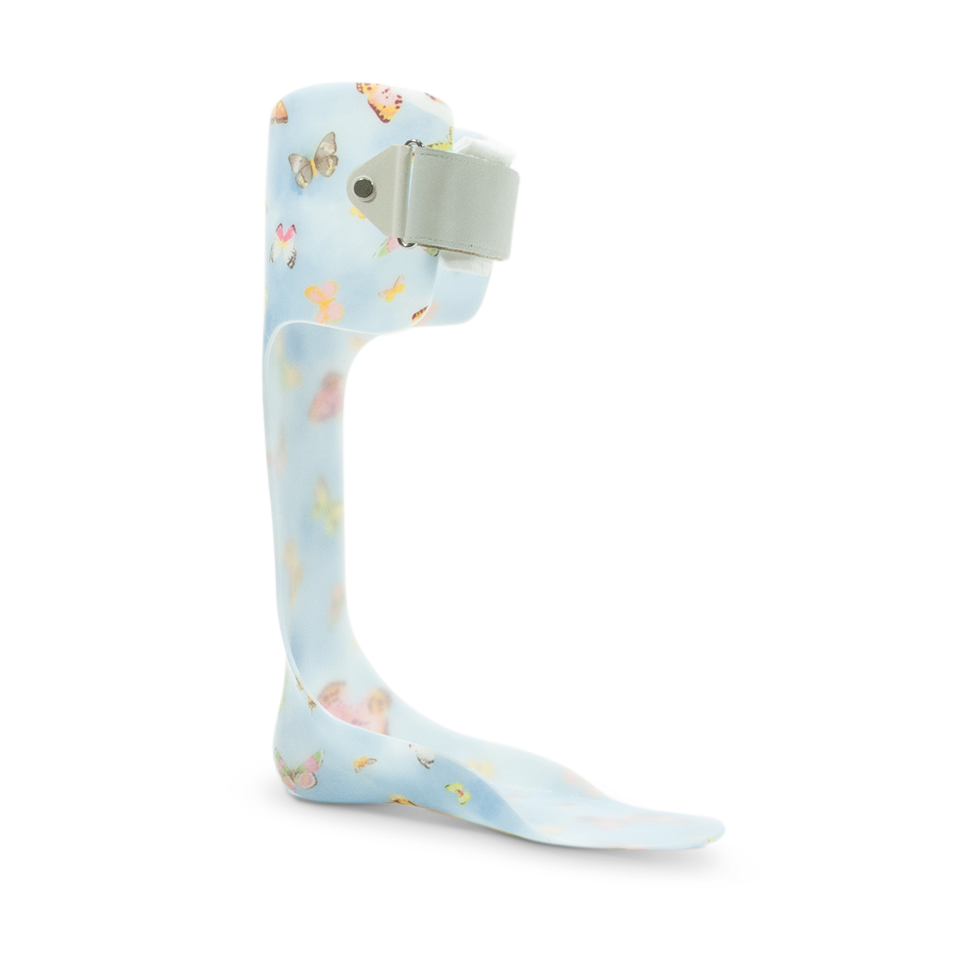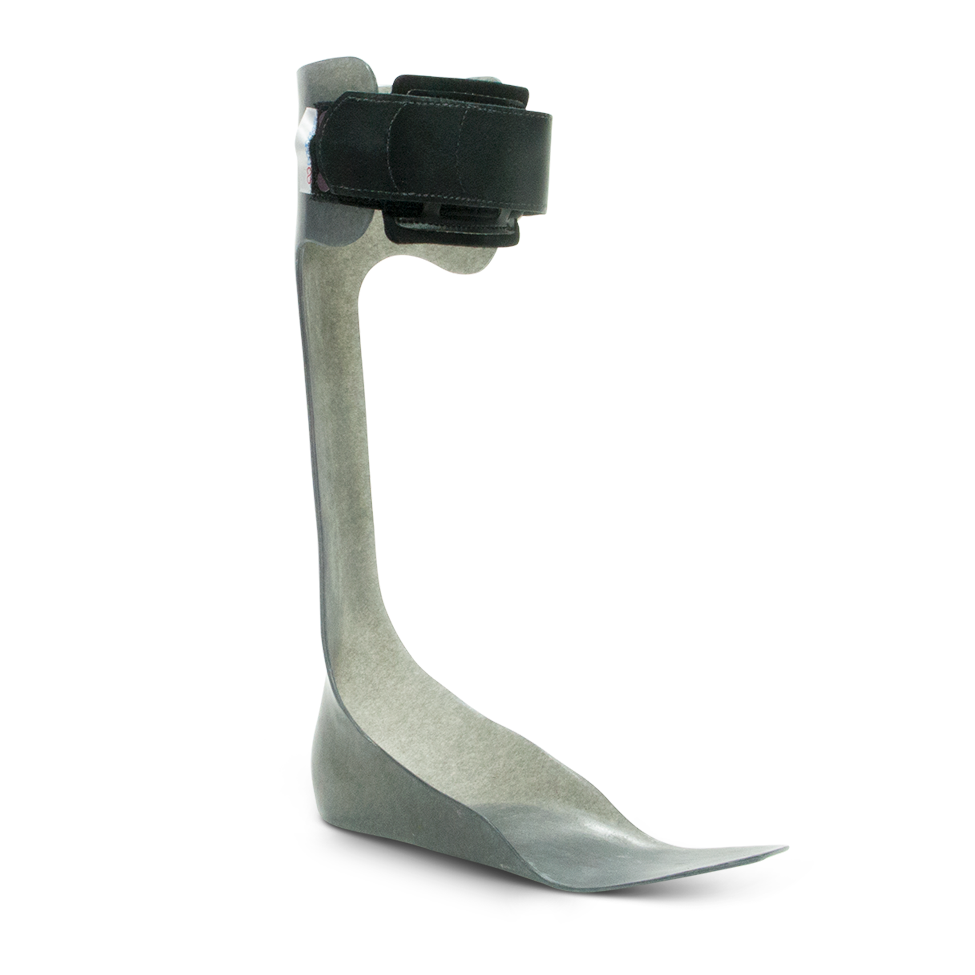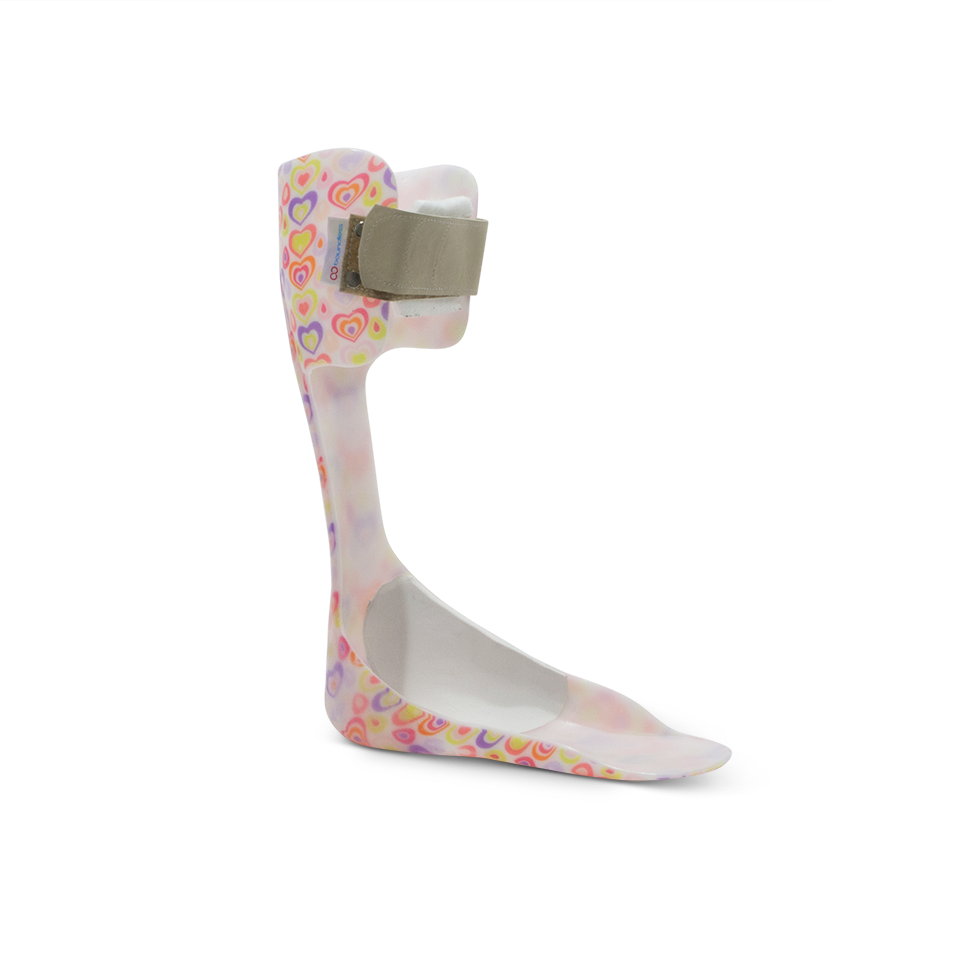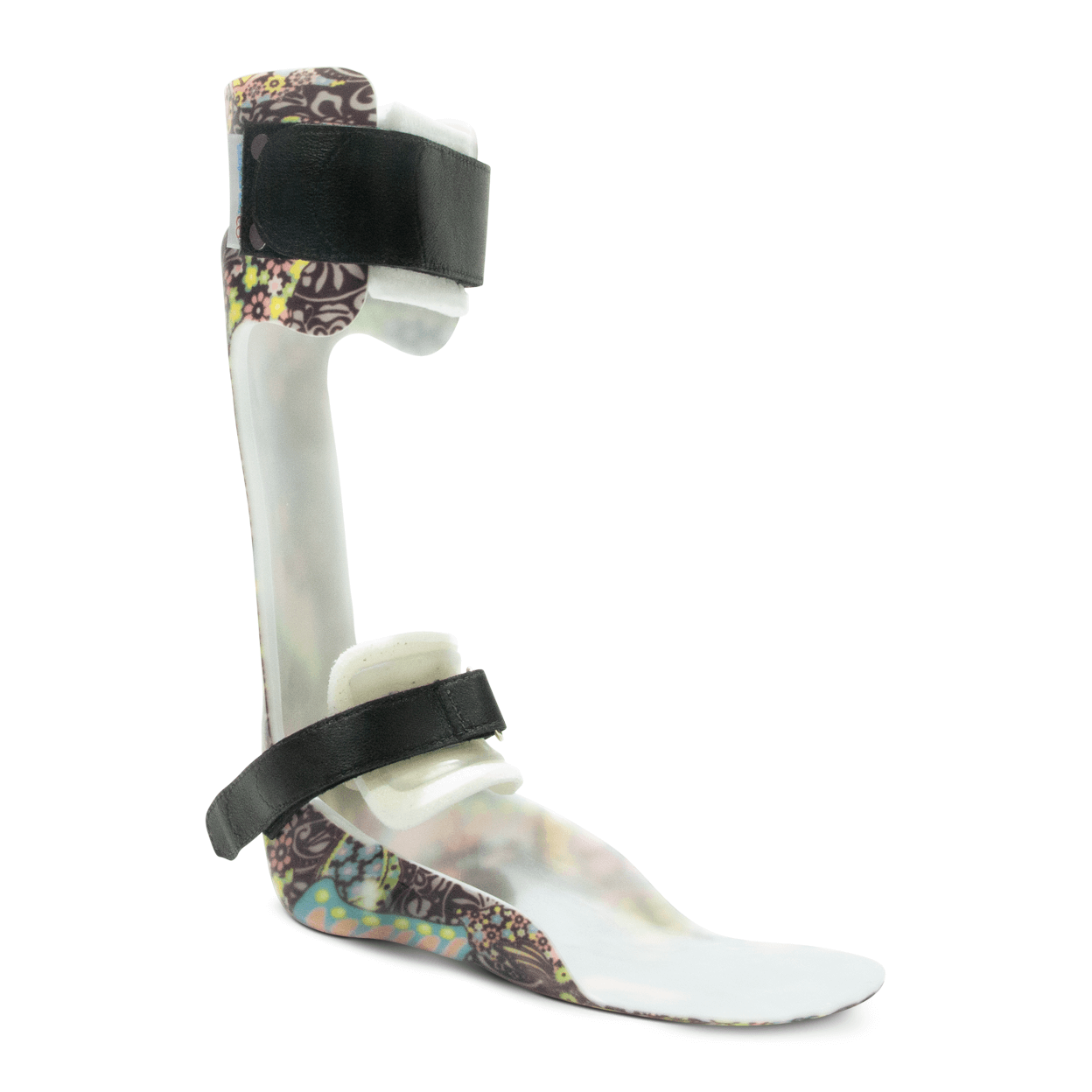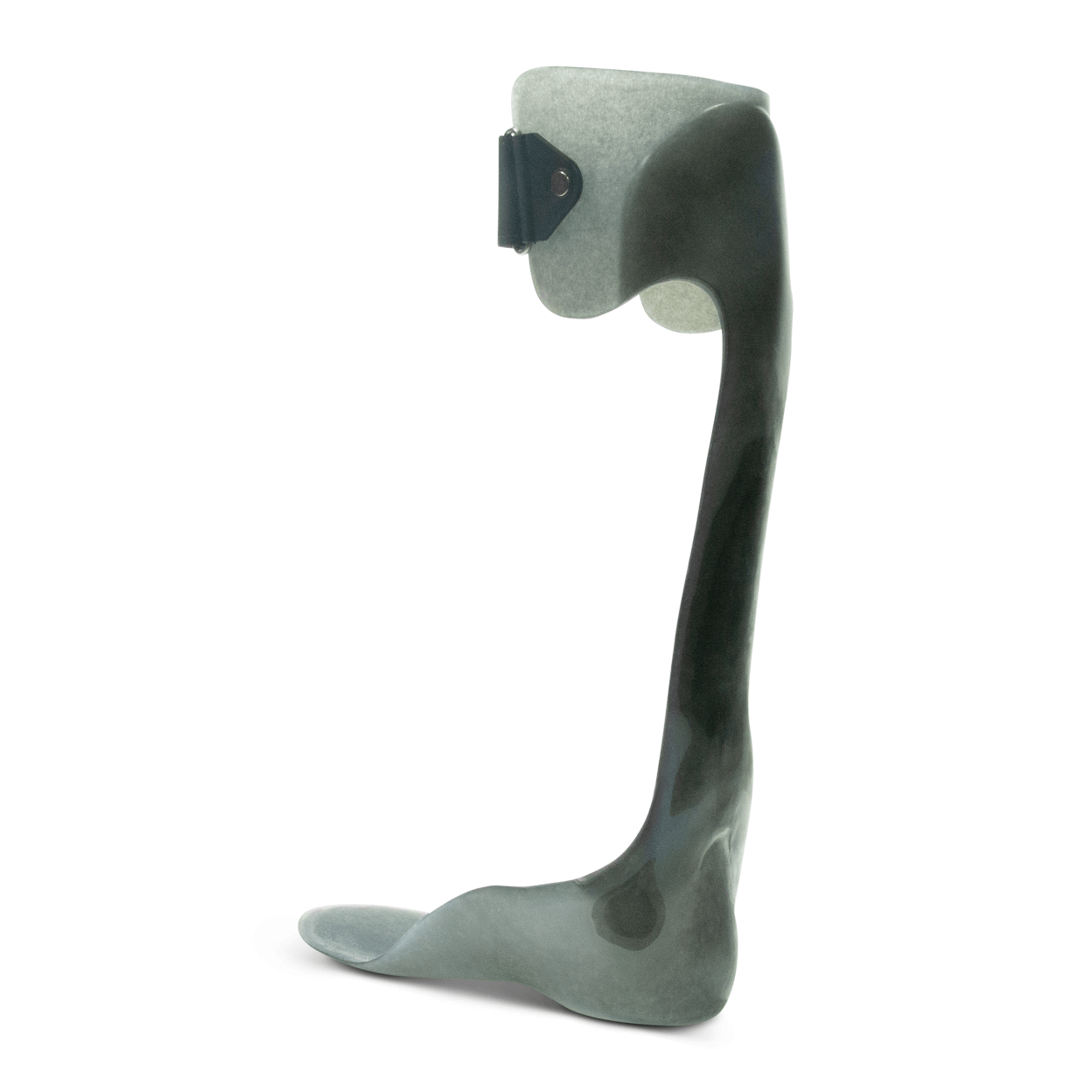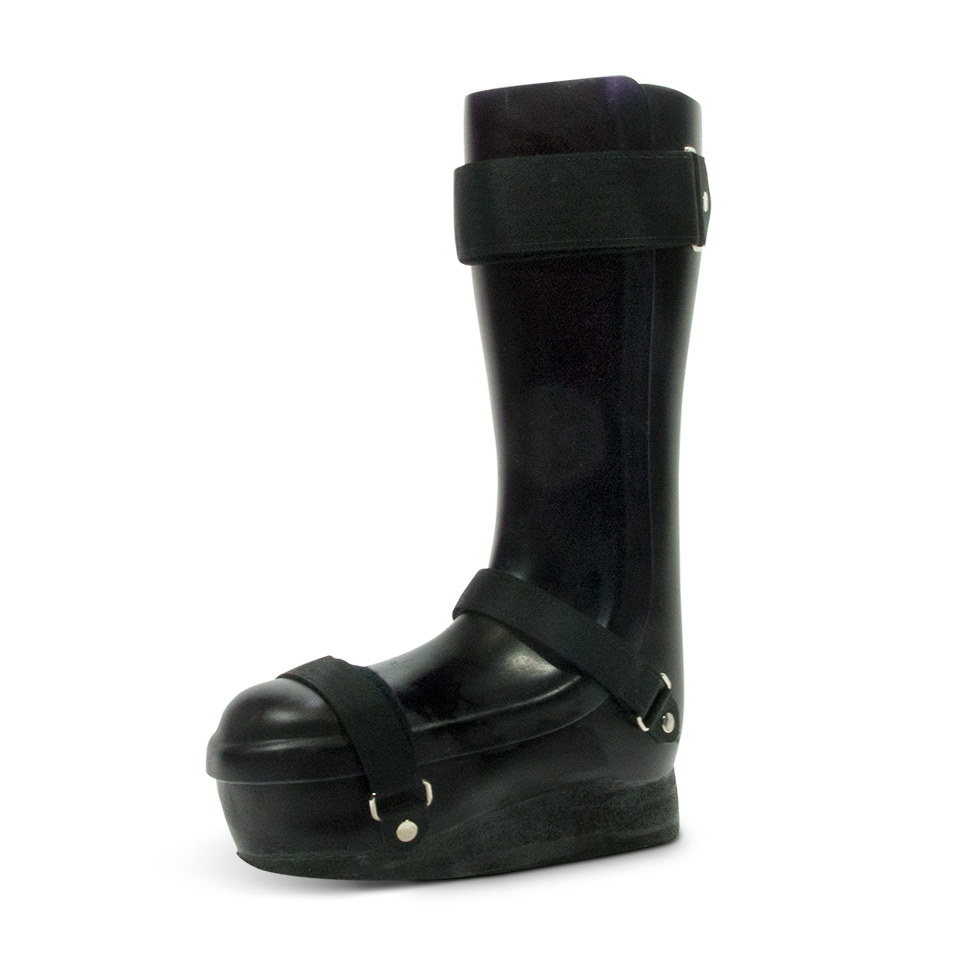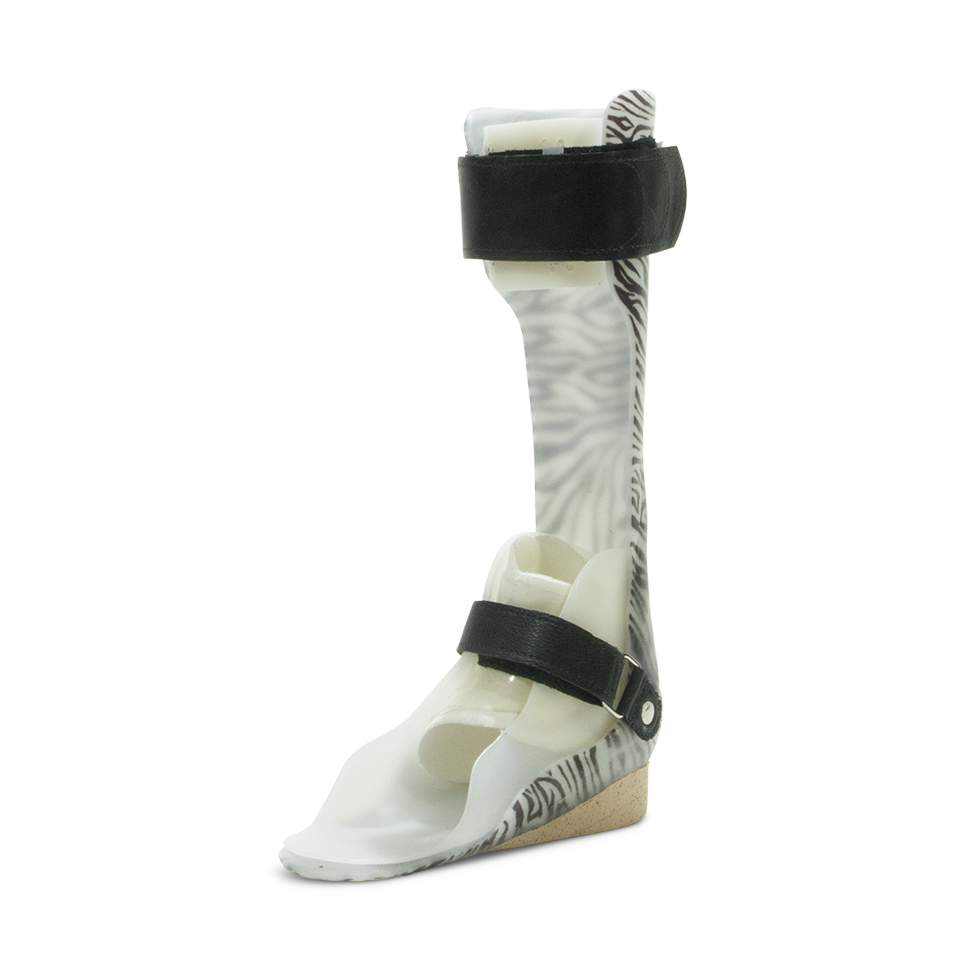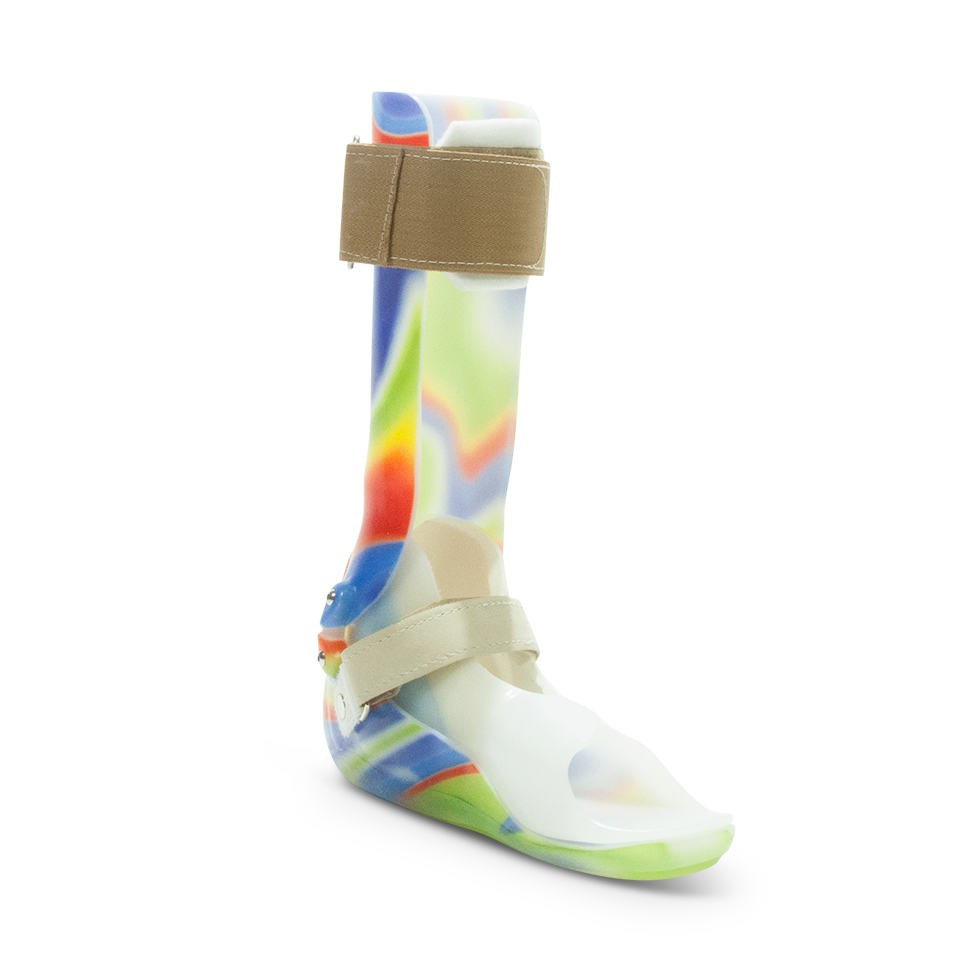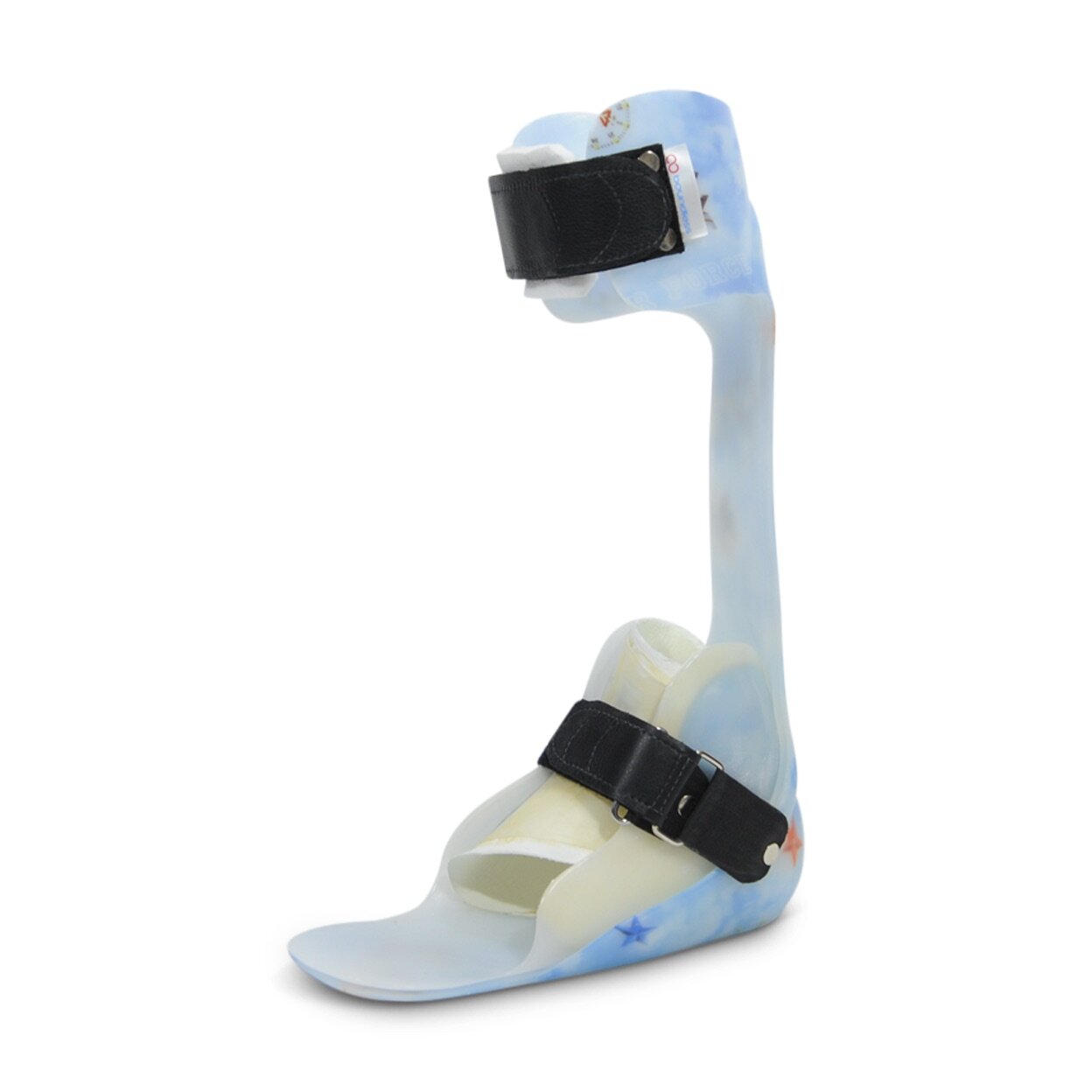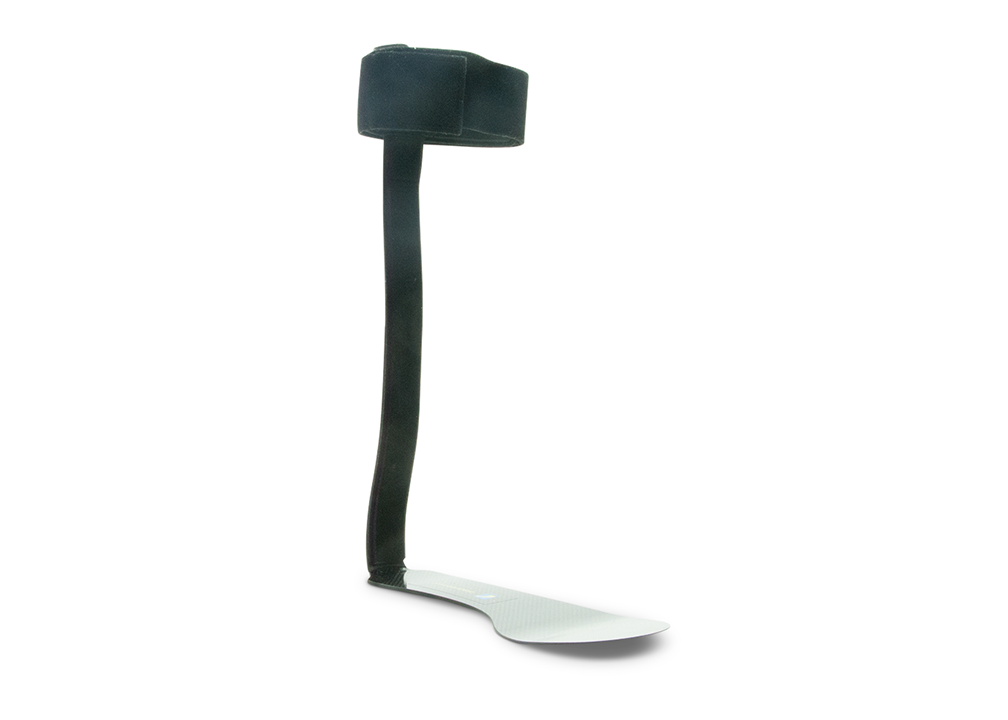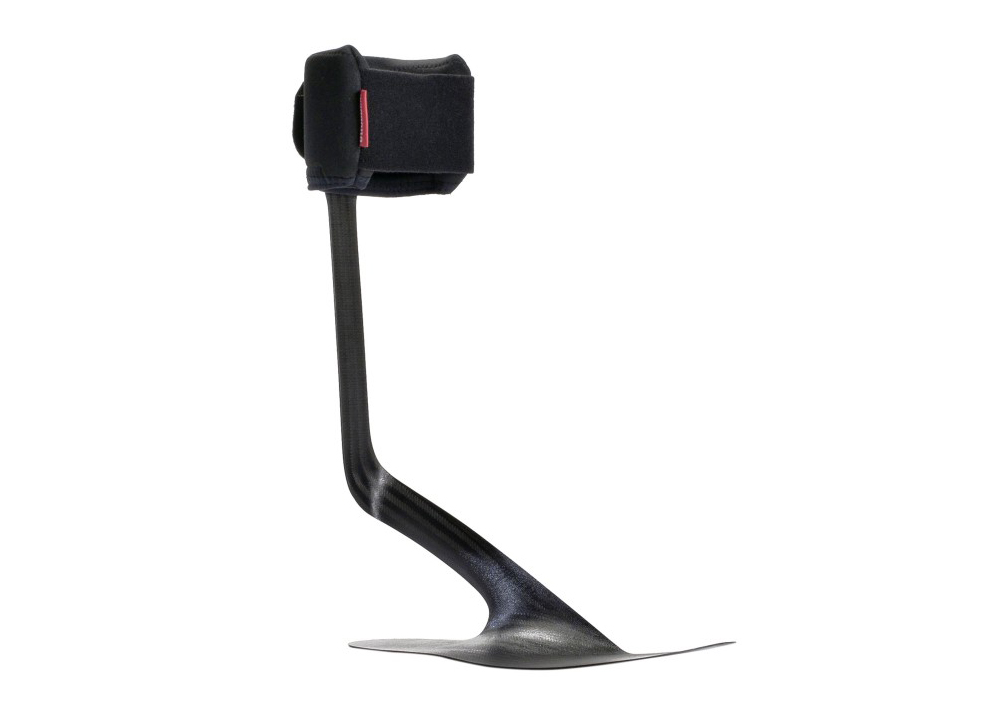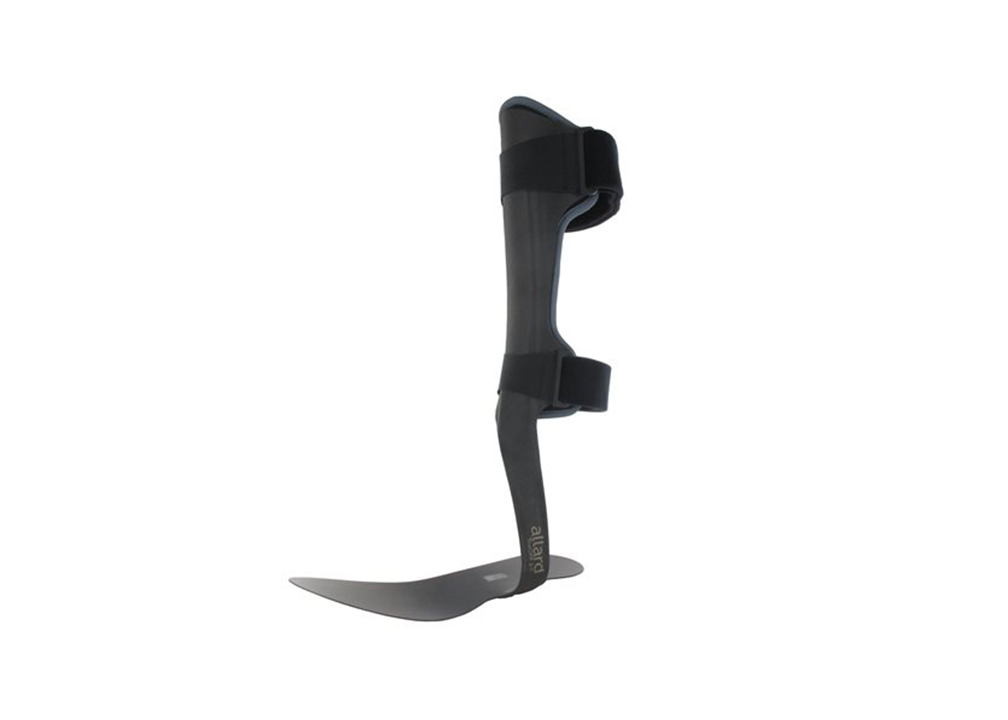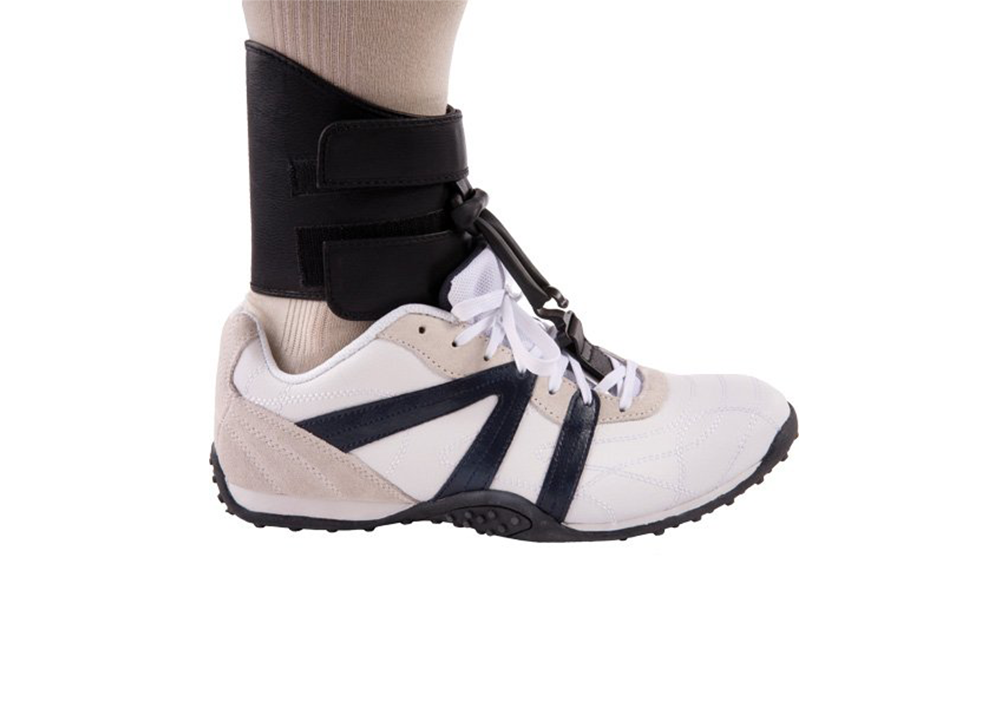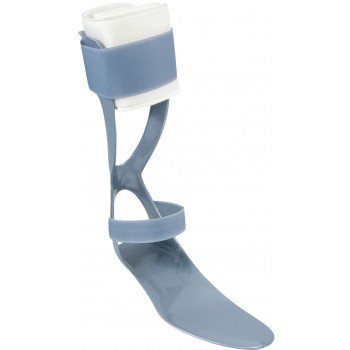Ankle-Foot Orthoses & Associated Treatments
Types of Ankle-Foot Orthoses(click the + to learn more and see samples)
- Ankle-Foot Orthosis (AFO) +
- Single Axis Ankle-Foot Orthosis (SA-AFO) +
- Rigid Ankle-Foot Orthosis (Rigid-AFO) +
- Flexible Ankle-Foot Orthosis (Flexible-AFO) +
- Energy Storage and Return Ankle-Foot Orthosis (ESR-AFO) +
- Charcot Restraint Orthotic Walker (CROW) +
- Hybrid Ankle-Foot, Supramalleolar Orthosis (Hybrid-AFO) +
- Ground Reaction (Anterior Drape) Ankle-Foot Orthosis +
- Serial Casting +
- Ready-to-Wear Options +
Getting the Right Care
Selecting the right orthotic treatment requires a specialized evaluation from a Certified Orthotist CO(c) who is trained in the science of biomechanics, the study of how the body moves. Can we help you find an orthotic solution that will meet your needs?
Ankle Foot Orthoses (AFO)
These devices may benefit a wide range of conditions, including but not limited to:
Cerebral Palsy (CP)
Stroke
ALS
Multiple Sclerosis (MS)
Idiopathic toe walking
Foot drop
Spinal cord injury
Trauma
Partial foot amputation
Muscular dystrophy
Charcot Marie Tooth (CMT)
Nerve damage
Ankle-foot orthoses (AFOs) are designed to improve walking or protect and support the foot and ankle. These braces start below the knee, extending past the ankle and under the foot. They are often used to help support or align the foot and ankle, but can also influence knee stability. They can be used to prevent muscle contractures in the calf. AFOs come in many designs to meet a range of needs.
Single Axis Ankle-Foot Orthoses (SA-AFO)
SA-AFOs are designed with hinges at the ankle to provide controlled movement around the ankle joint to support a desired range of motion.
In addition to in-house fabricated devices, we also offer a number of advanced custom options that are built at specialty manufacturers depending on the clients needs. Your orthotist can help determine the best option for you.
Rigid Ankle-Foot Orthoses (Rigid-AFO)
These are rigid braces that help stabilize the foot and ankle to bring muscles and joints into alignment. They can be used to promote healing, reduce pain, and manage severe spasticity. For individuals who are unable to walk frequently, they help stabilize the foot and ankle for transferring and maintain a healthy foot position while sitting. For individuals who are able to walk, they provide support and stability. Rigid-AFOs are also used for pain reduction.
These devices may be suitable for individuals with:
Osteoarthritis
Trauma
Charcot joint
Severe ankle instability
Flexible Ankle-Foot Orthosis (Flexible AFO)
Flexible AFOs are lightweight and help lift the toes while walking to prevent trips, falls, and foot slap.
Energy Storage and Return Ankle-Foot Orthoses (ESR-AFO)
These devices facilitate a more natural movement, allowing for a customized range of motion while supporting weak muscles around the ankle. The “Energy Storage and Return” part of the name comes from their “spring-like” characteristics: they conserve muscle energy and then return that energy to allow for a more “spring-like step” when the plastic strut bends
Charcot Restraint Orthotic Walker (CROW)
These are clamshell-design AFOs with rockered soles. By fully enclosing the ankle and foot, CROWs aim to distribute pressure and protect and immobilize the foot and ankle. They are often prescribed for ulcer management or an unstable neuropathic foot.
These devices may be suitable for individuals with:
Diabetes
Charcot foot
Neuropathy
Hybrid Ankle-Foot, Supramalleolar Orthoses (Hybrid-AFO)
These two-piece AFOs incorporate a more flexible and smaller SMO brace inside a more rigid AFO to provide greater control and support over the foot than a traditional rigid design.
These devices may be suitable for individuals with:
Cerebral Palsy (CP)
Traumatic brain injury (TBI)
Ground Reaction (Anterior Drape)
Ankle-Foot Orthoses
These devices may be suitable for individuals with:
Cerebral Palsy (CP)
Congenital foot deformity
Trauma
Ground reaction (or anterior drape) AFOs are primarily used to prevent a crouched walking pattern and assist in straightening the knees when standing. They can also be used to limit painful ankle movements.
Serial Casting
A series of lightweight fiberglass casts are applied to the arm or leg to apply a constant stretch to the muscles in order to increase range of motion. Typically applied one to two weeks following Botox® injections.
A cast is put on the lower leg or arm and it remains there for a set period—anywhere from 10 days to 2 weeks. After that, the cast is removed and range of motion is reassessed. If more stretching is required, then a second or third cast may be needed. It is not painful and we encourage individuals to stay active while they have the cast on.
These devices may be suitable for individuals who require:
Spasticity management
Contracture reduction
Ready-to-Wear Options
There are a variety of ready-to-wear options such as the Dictus Band and carbon fibre drop-foot braces.
These devices may be suitable for individuals with:
Mild to moderate drop-foot conditions
Ankle instability


